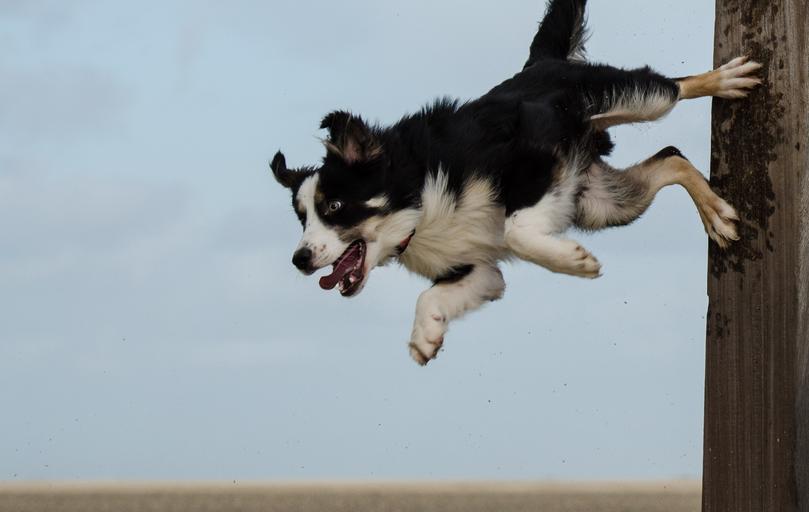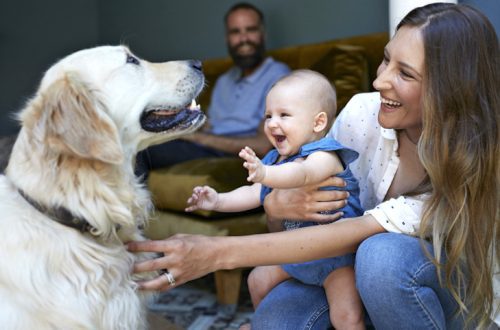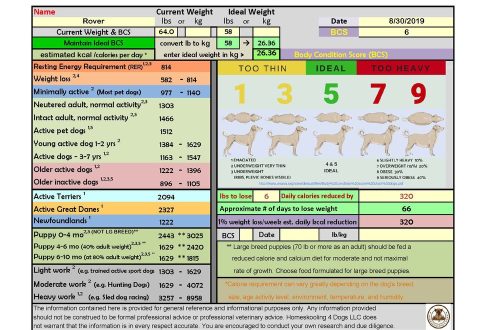
excitable dogs
It is very common for owners to refer to their dogs as “hyper-excitable” or “hyperactive”. Most often this applies to dogs that do not obey (especially on walks) or show aggression towards people and relatives. But is it fair to call them “hyperexcitable” or “hyperactive”?

Нет!
Contents
Which dogs are most commonly referred to as “hyperexcitable” or “hyperactive”?
In almost all such cases, if you start to understand, it turns out the following:
- The dog is just active and energetic, but more active than the owner intended.
- The owners do not provide a completely ordinary (even not very active) dog with a sufficient level of physical and intellectual activity, the pet lives in an impoverished environment, and it is simply boring.
- The dog was not taught the rules of behavior. Or “explained” in such a way that the pet rebelled (for example, they used cruel, violent methods).
The reason for the “hyper-excitability” of the dog (we will take this word in quotation marks, because, like many other terms, it is used inappropriately by such owners) can be one of the above or all at once. The only important thing is that the reason has nothing to do with the qualities of the dog. And it is connected with the conditions of her life.
What to do if you can’t handle an active dog?
First of all, the owner needs to change the approach and stop blaming the dog for all troubles. And start working on yourself. And the dog can be calmed with the help of the following rules:
- Consult your veterinarian and/or veterinarian. If a dog is not feeling well, it experiences distress (“bad” stress), which can result in increased arousal. It can also be the result of improper feeding.
- Provide the dog with the proper level of physical and intellectual activity. This is often enough to reduce the degree of arousal.
- At the same time, the loads should not be excessive. We wrote about this in detail in the article “Why it is useless to “run out” an excitable dog.”
- Determine the situations in which the dog is most aroused. These points should be given more attention.
- Offer your dog exercises to switch from excitation to inhibition and vice versa, as well as self-control exercises and relaxation protocols.
- Gradually increase the level of requirements.
If you can’t manage on your own, you can consult with specialists to develop a work plan specifically for your dog.





